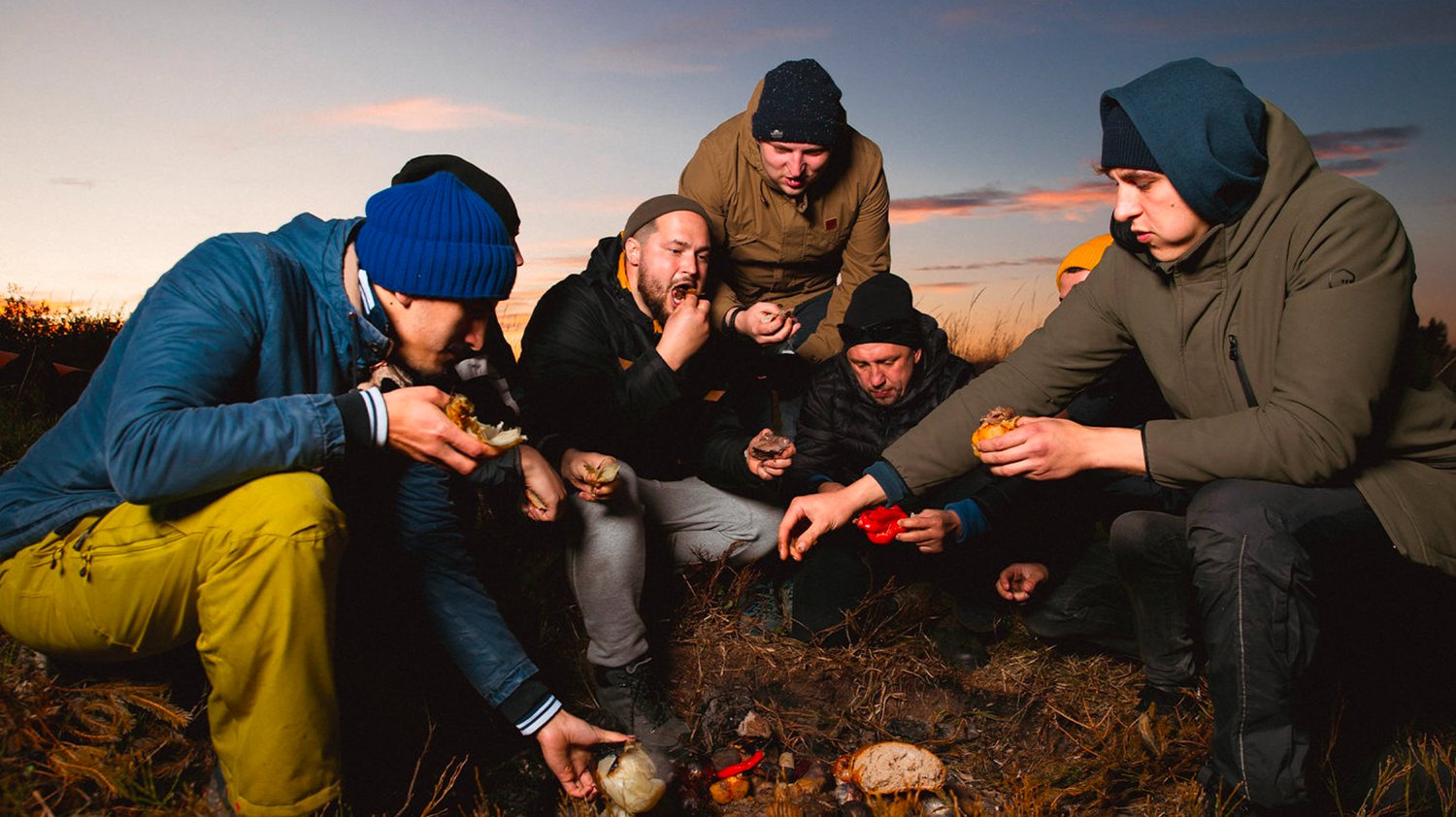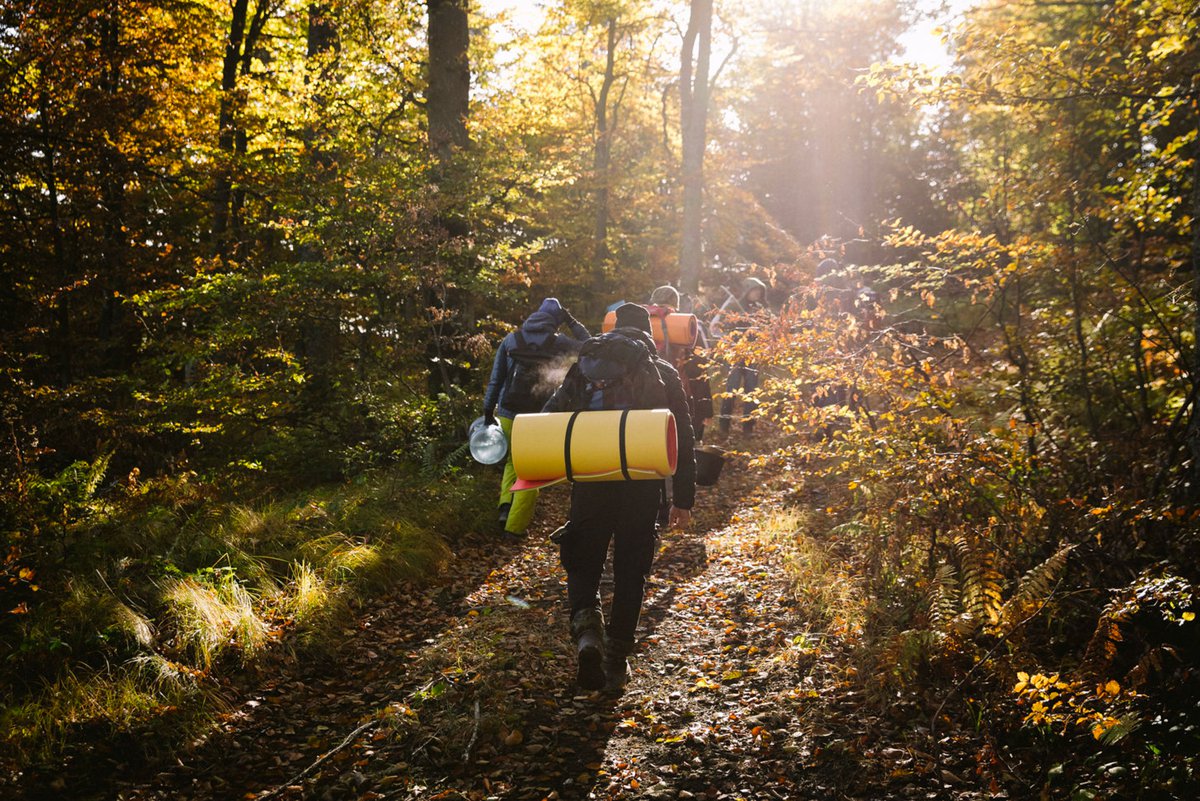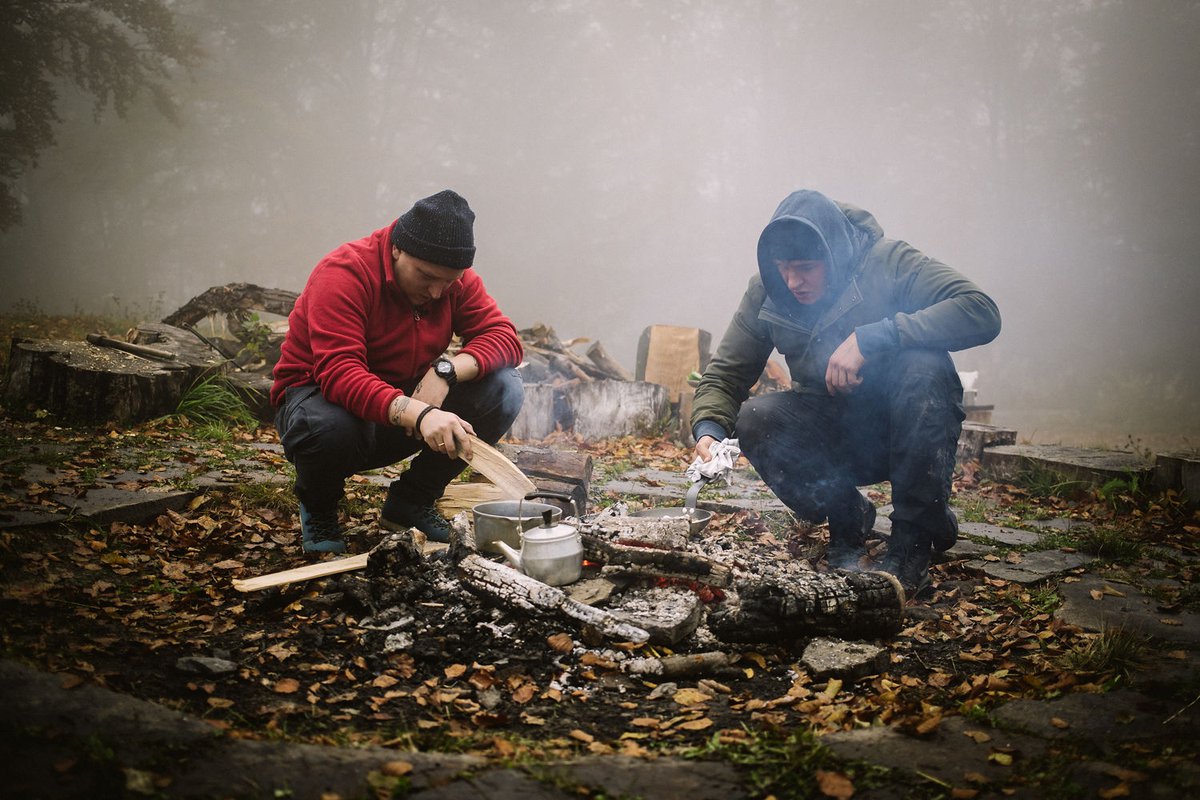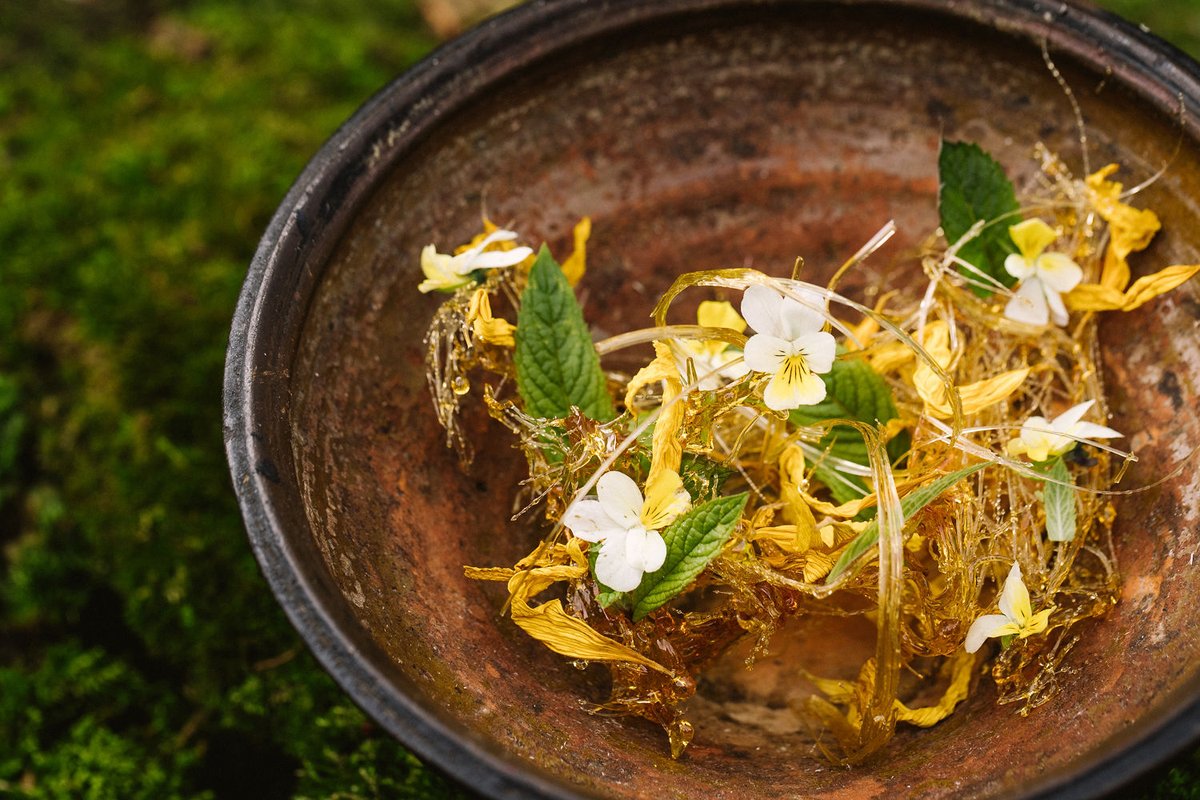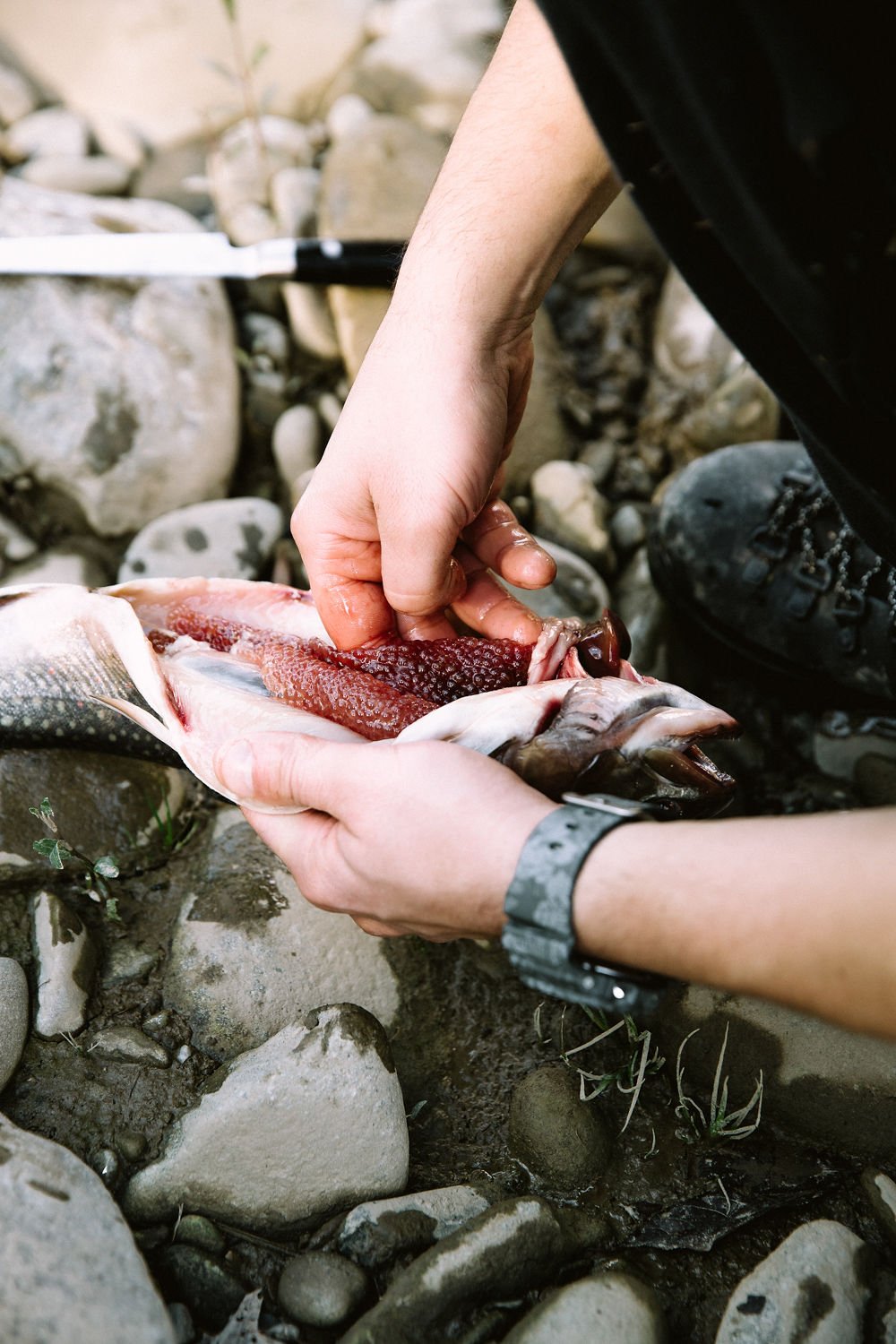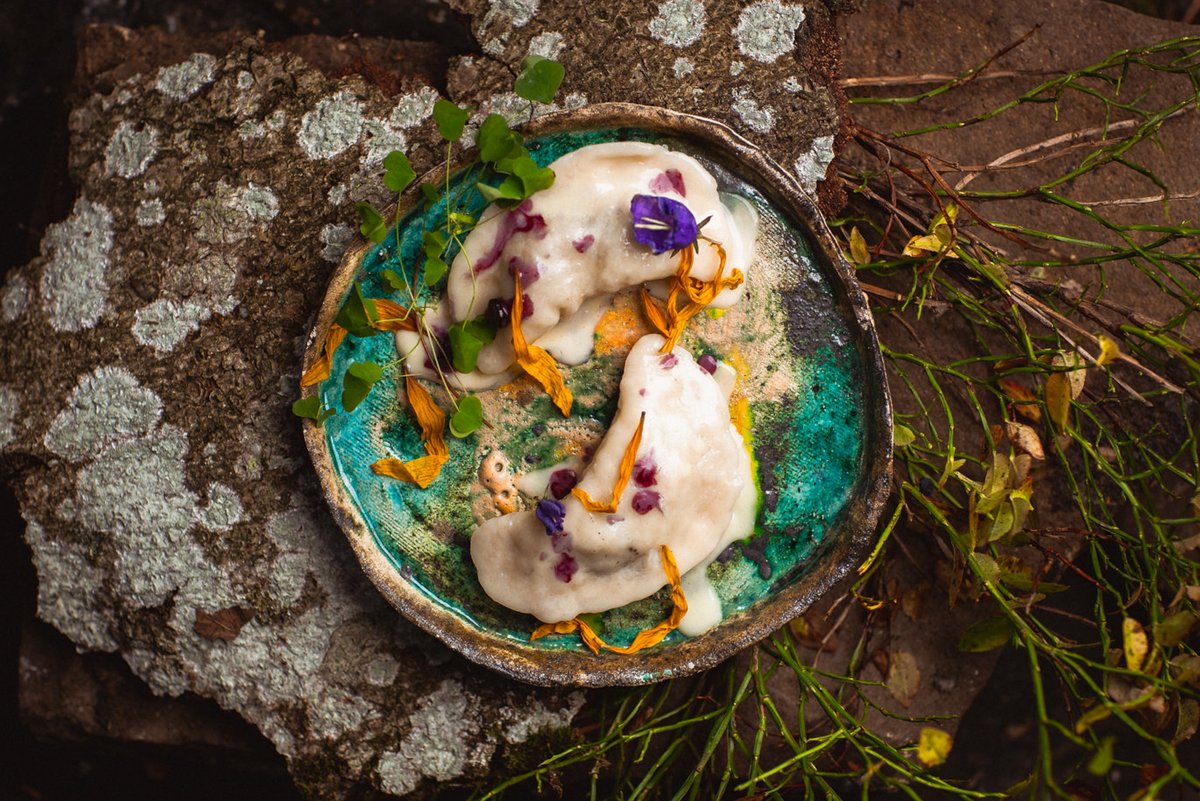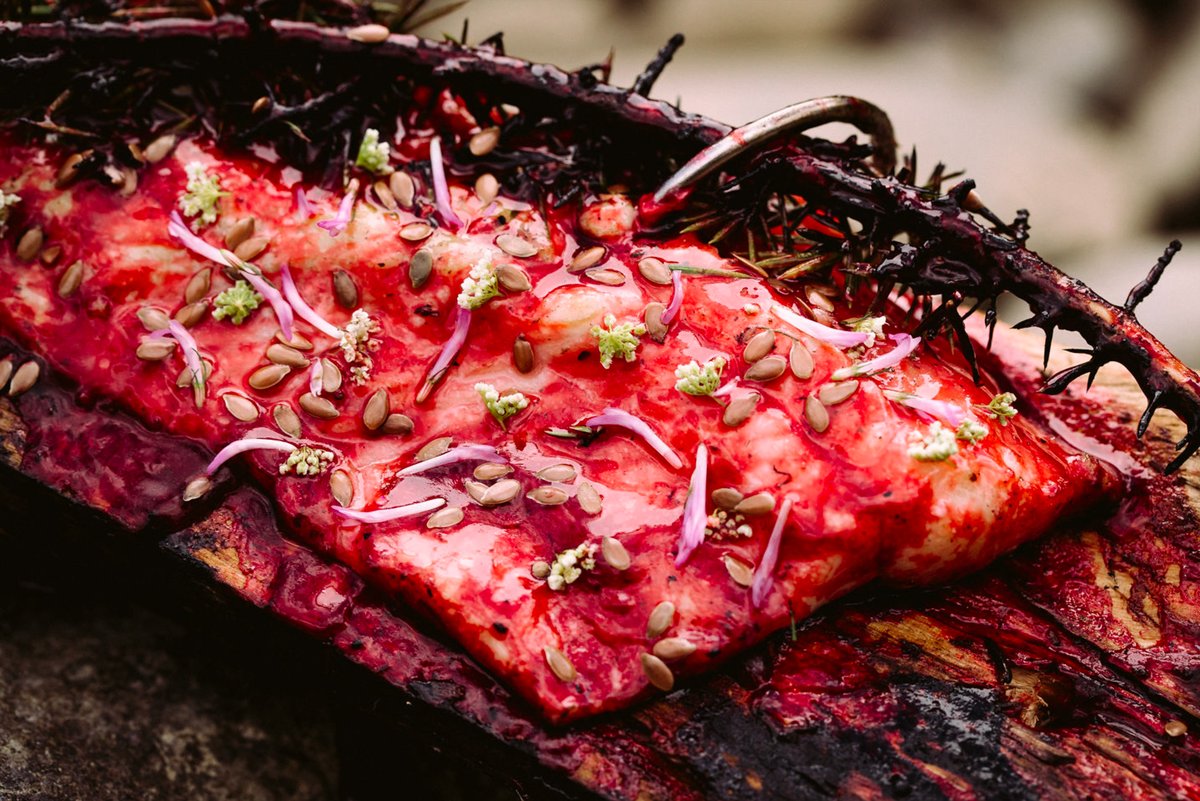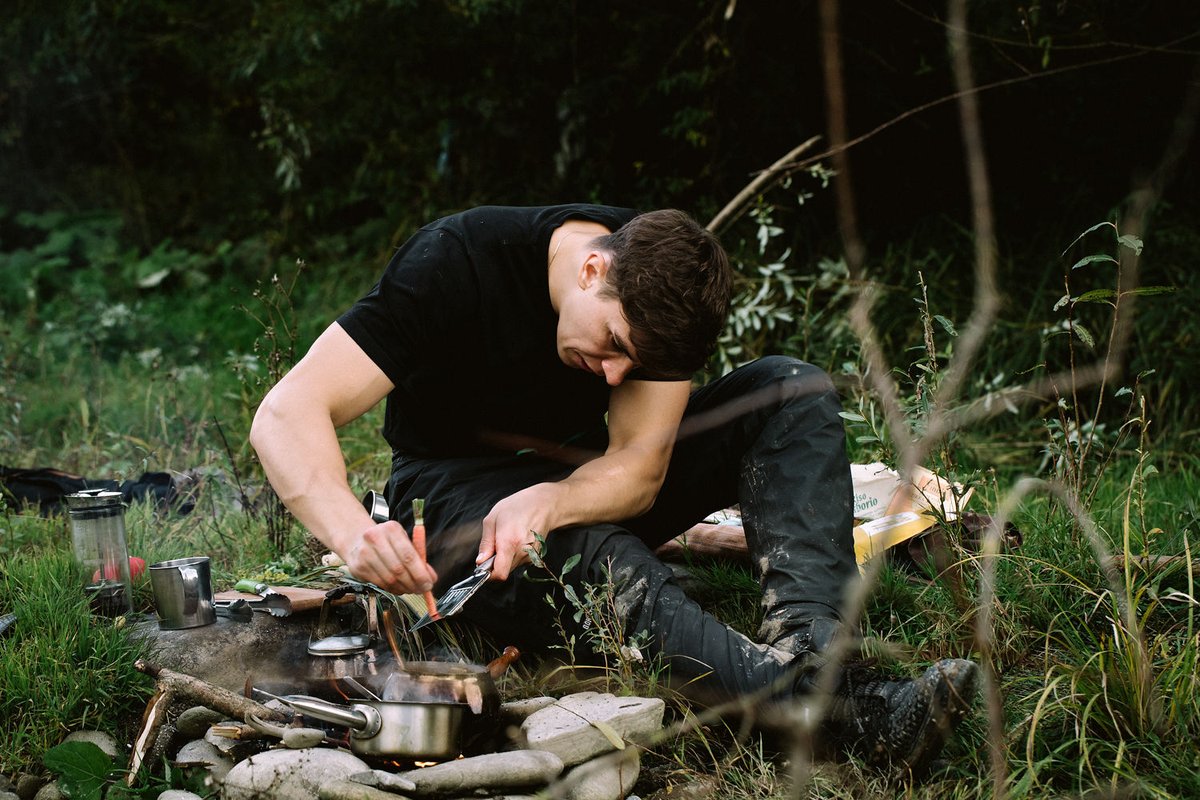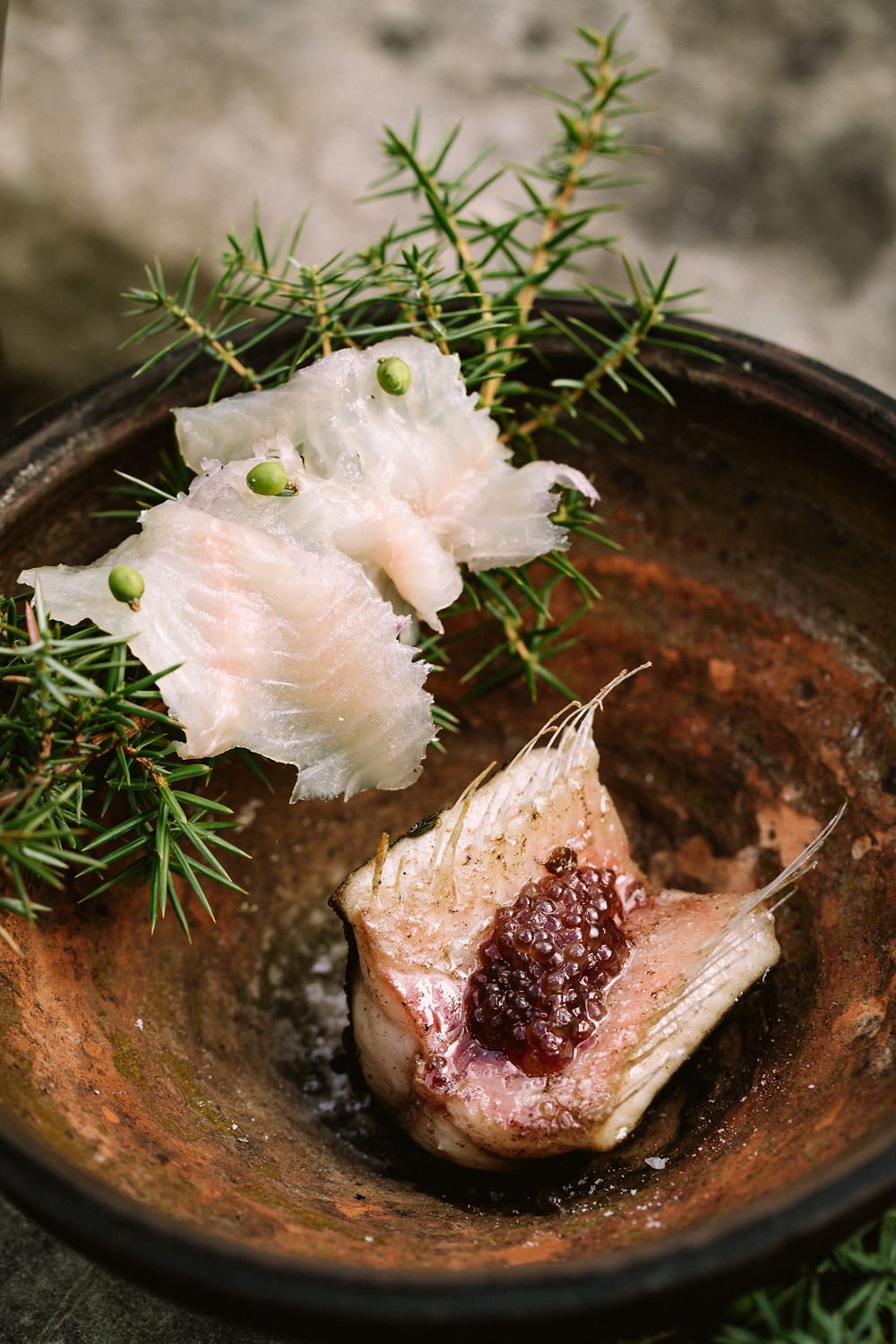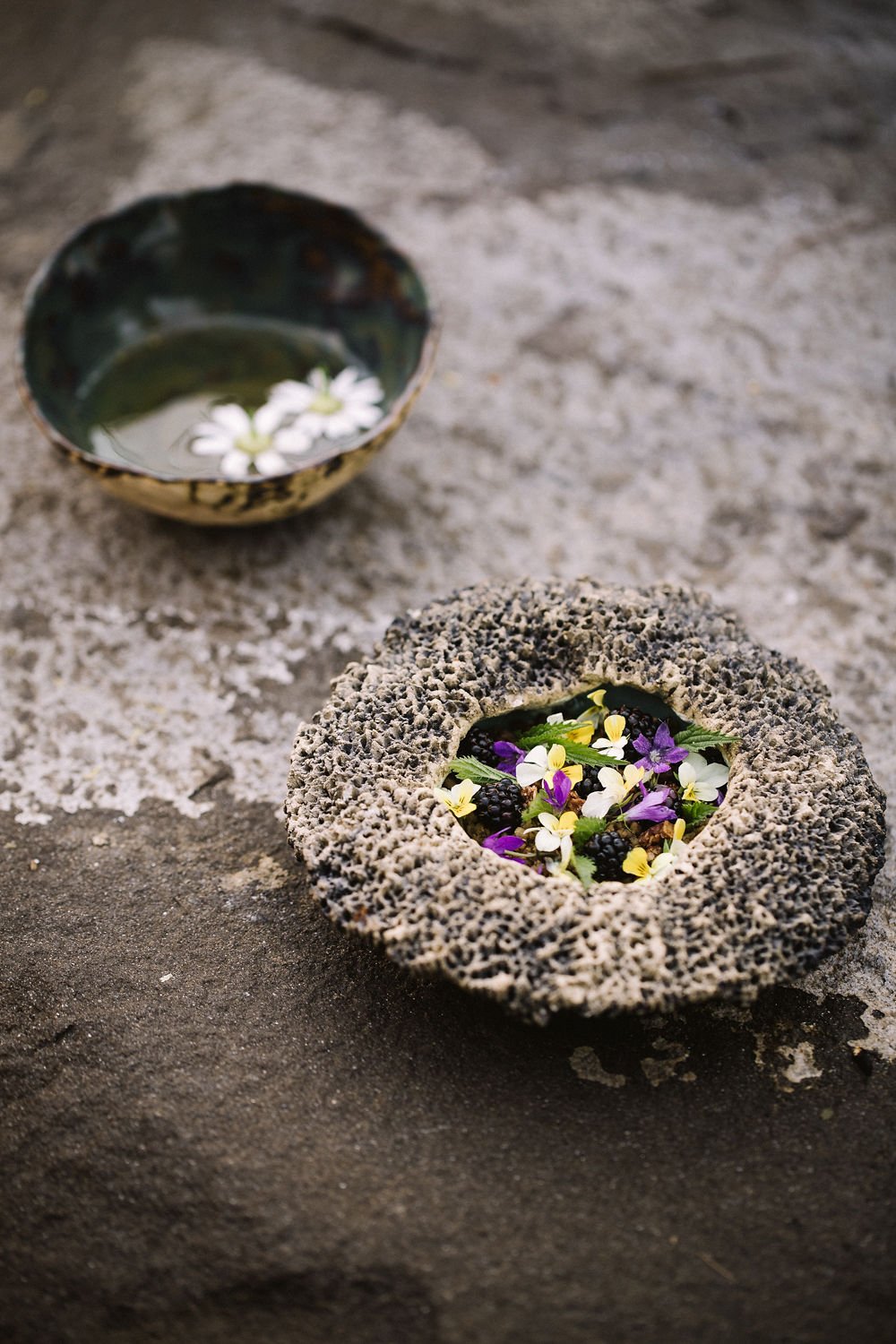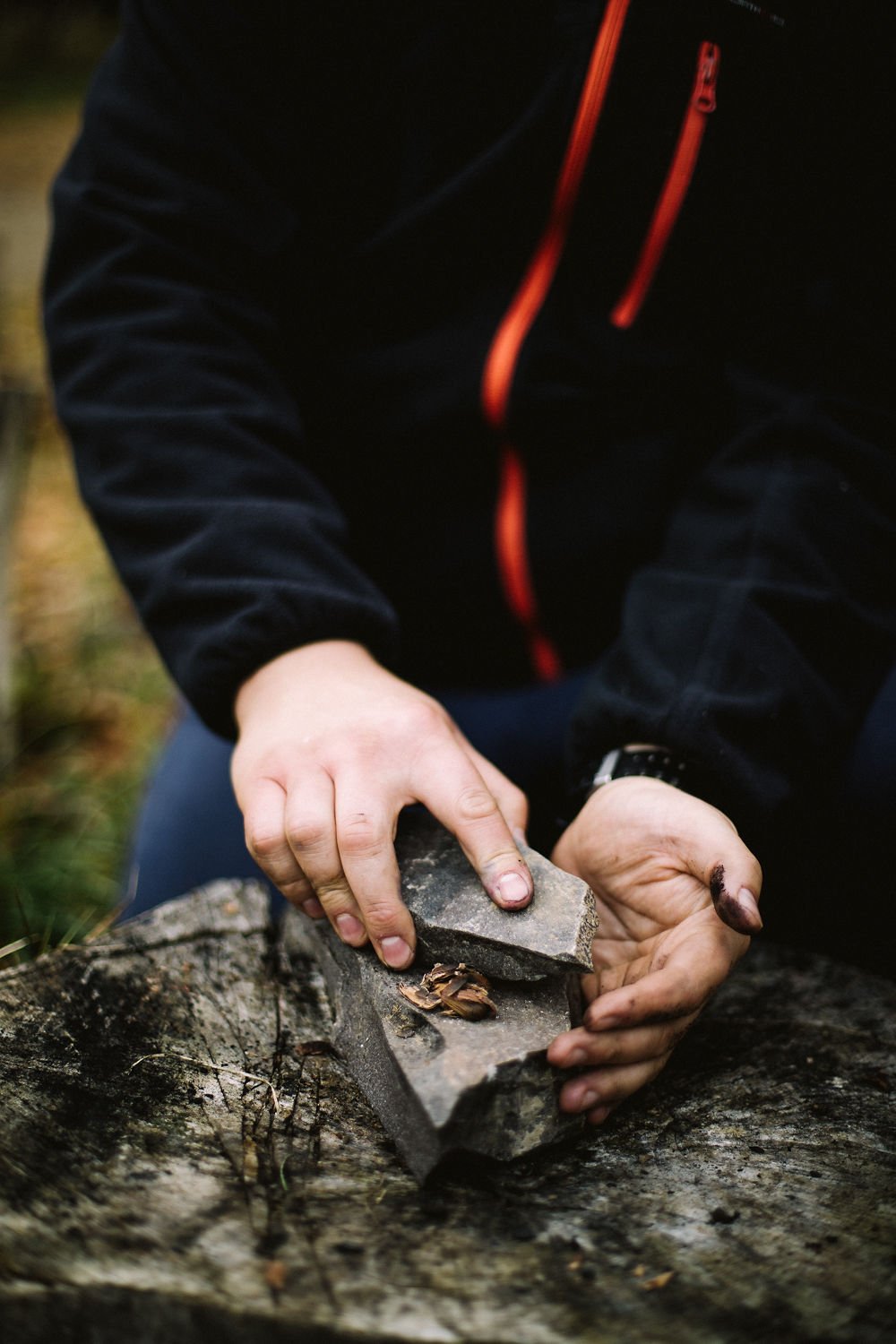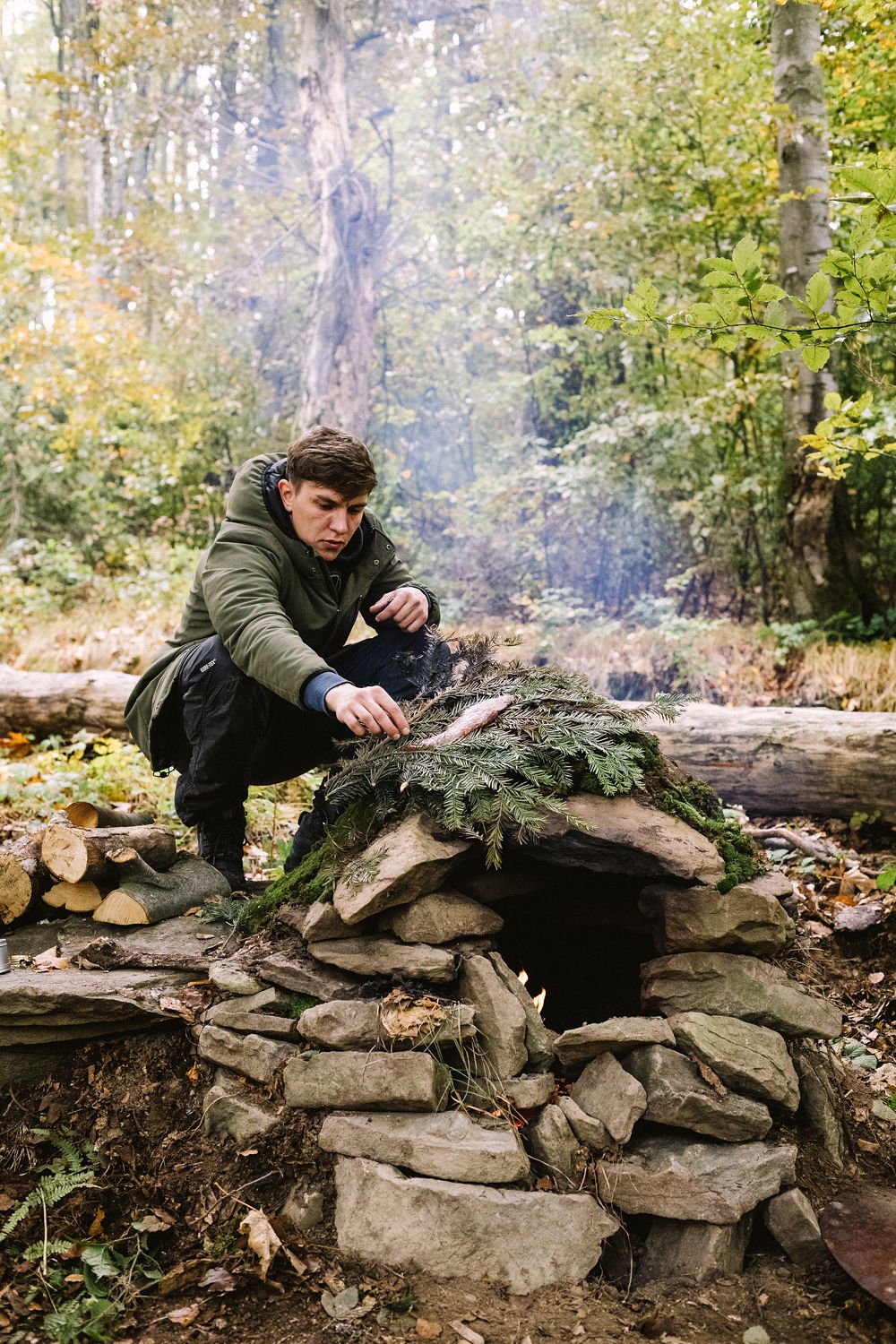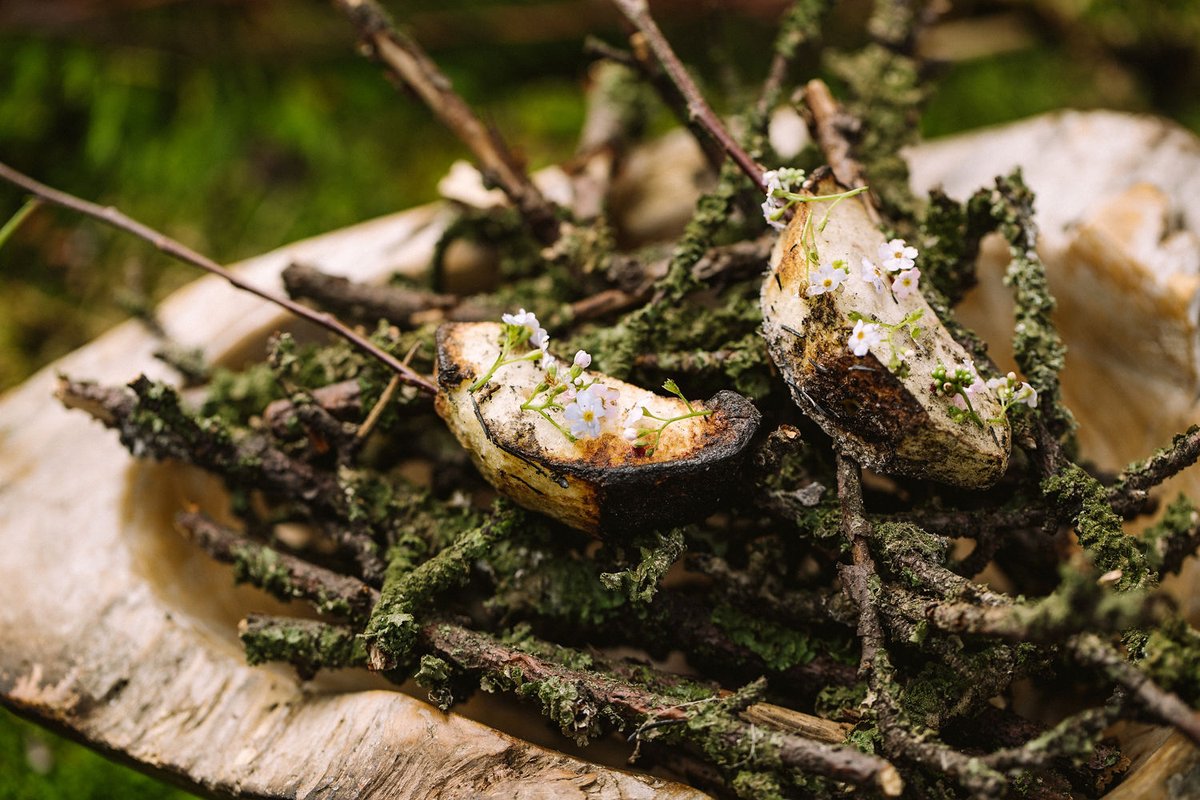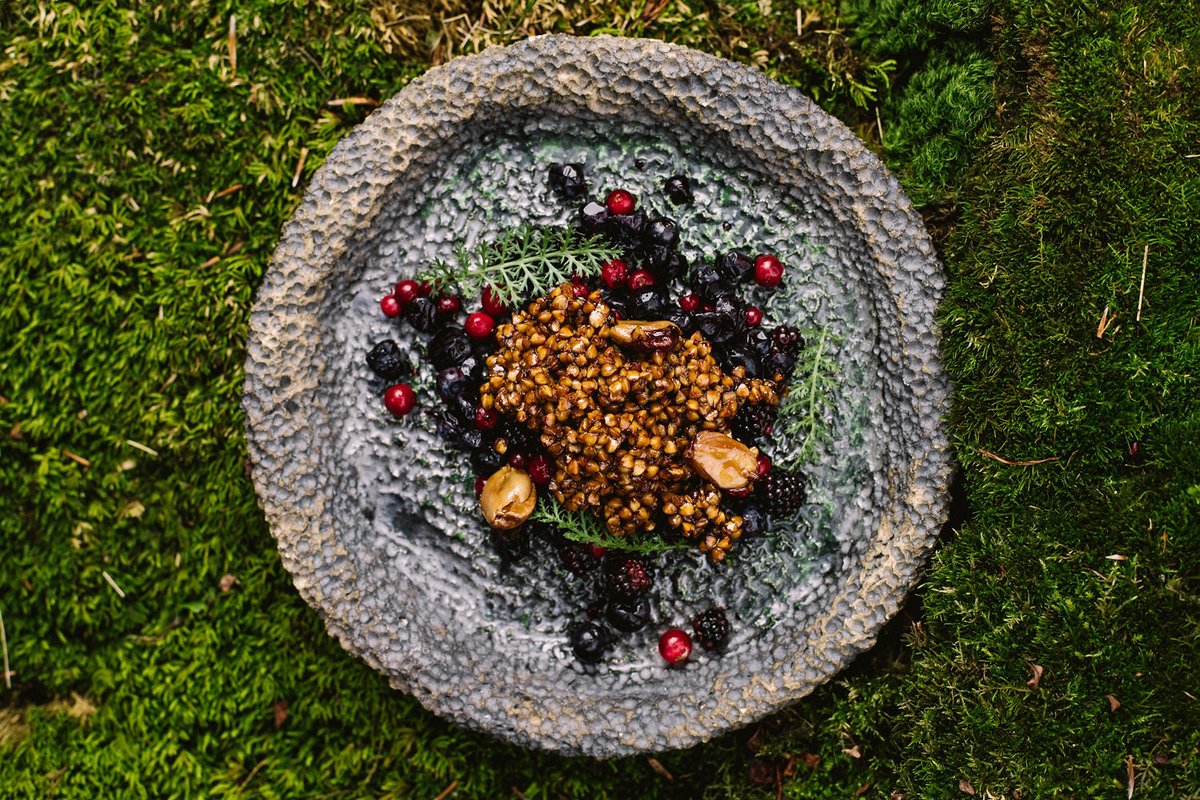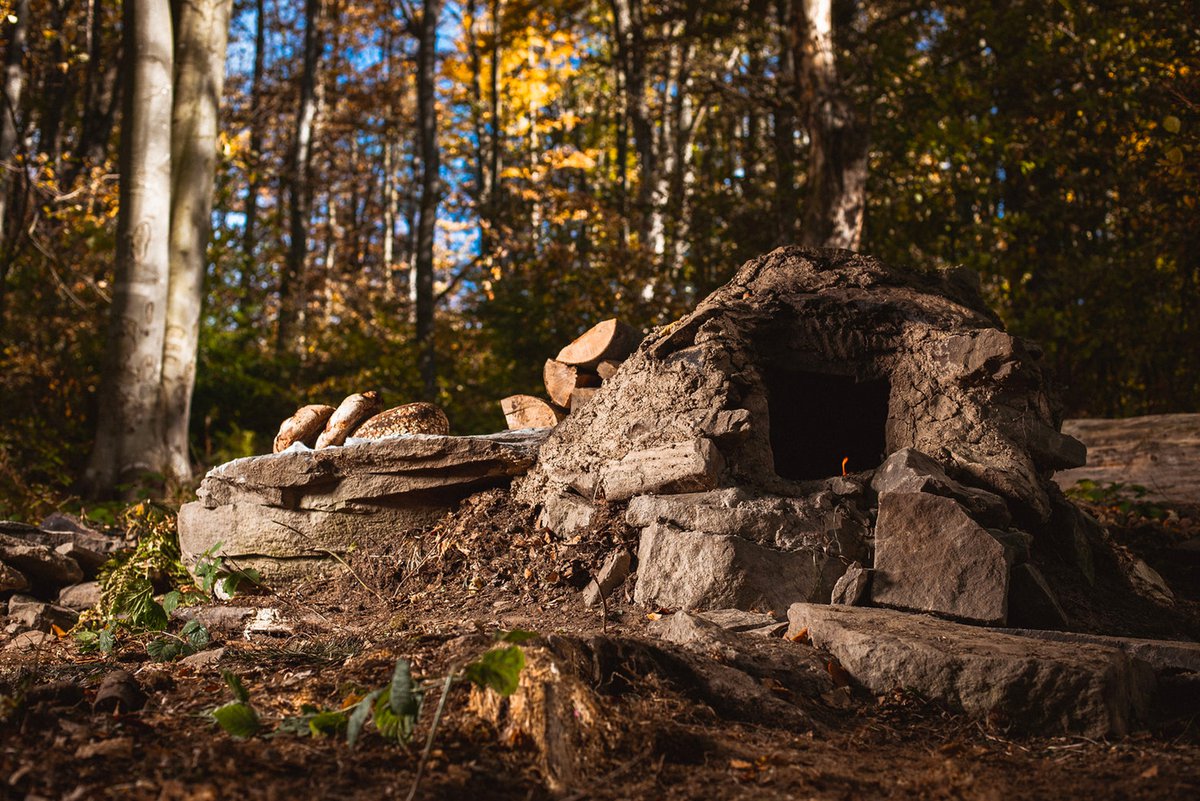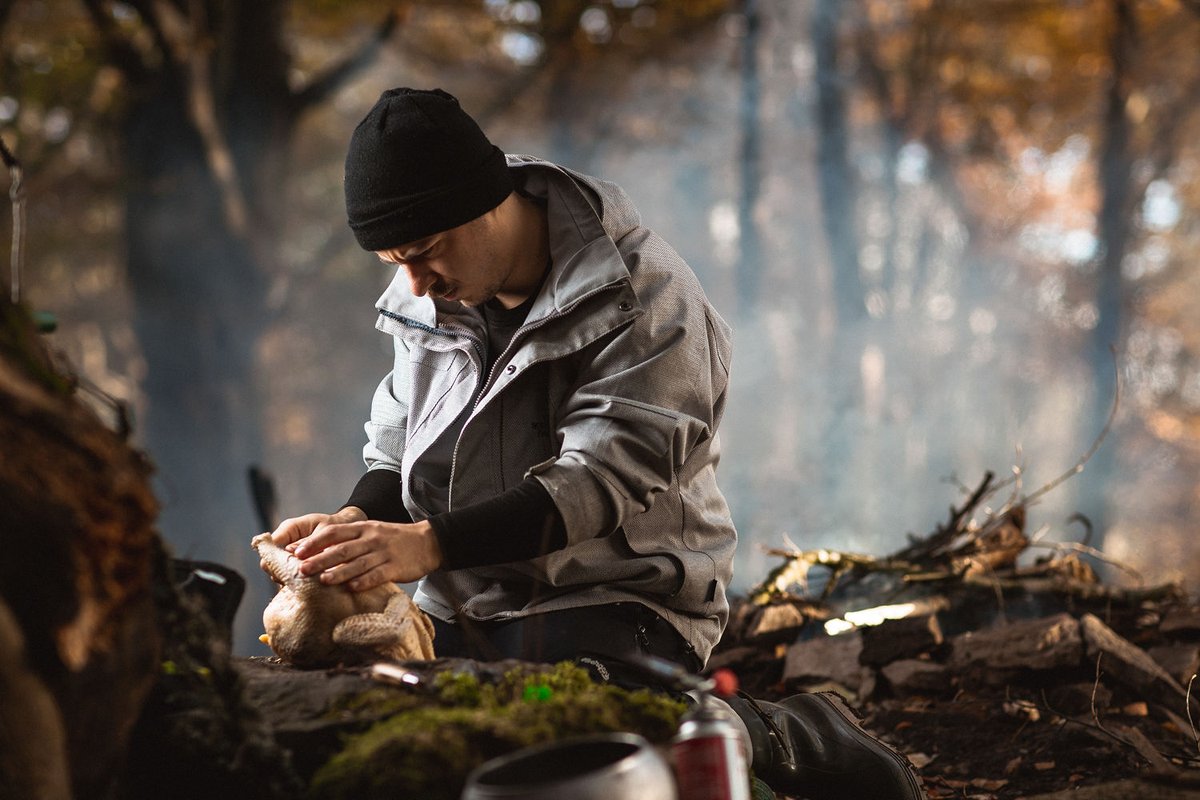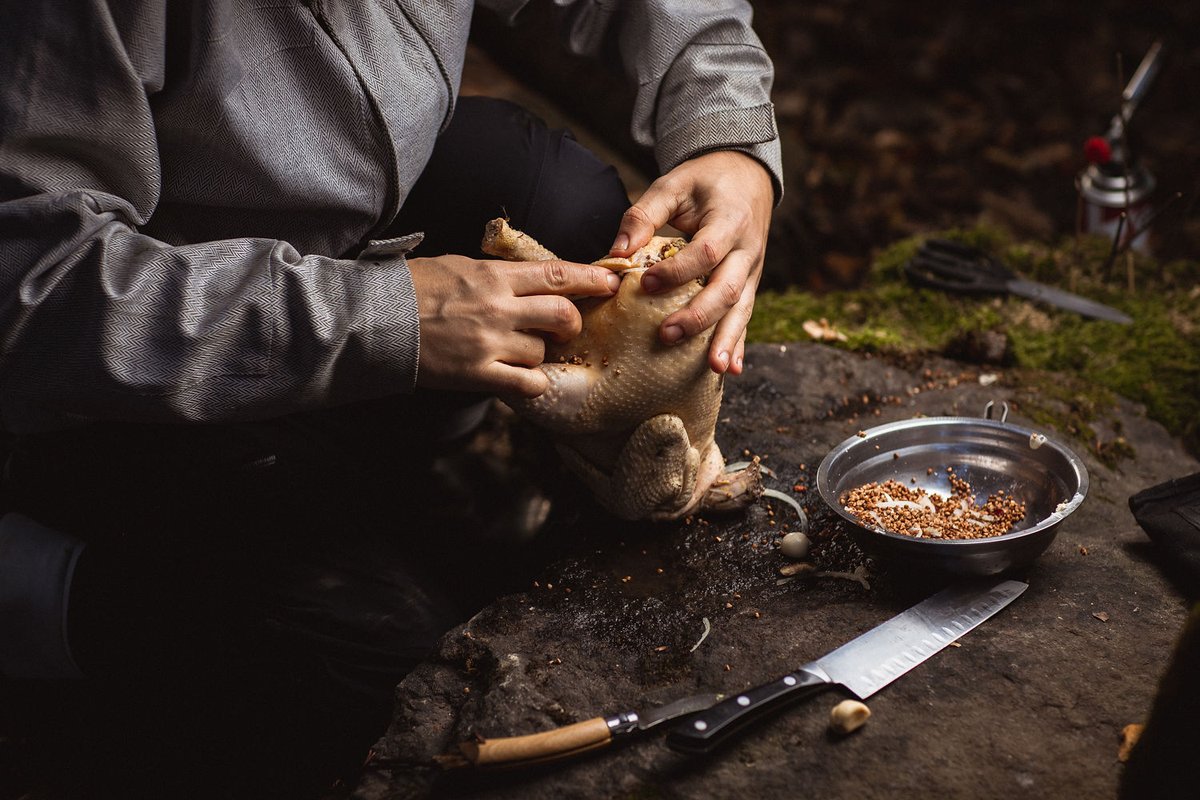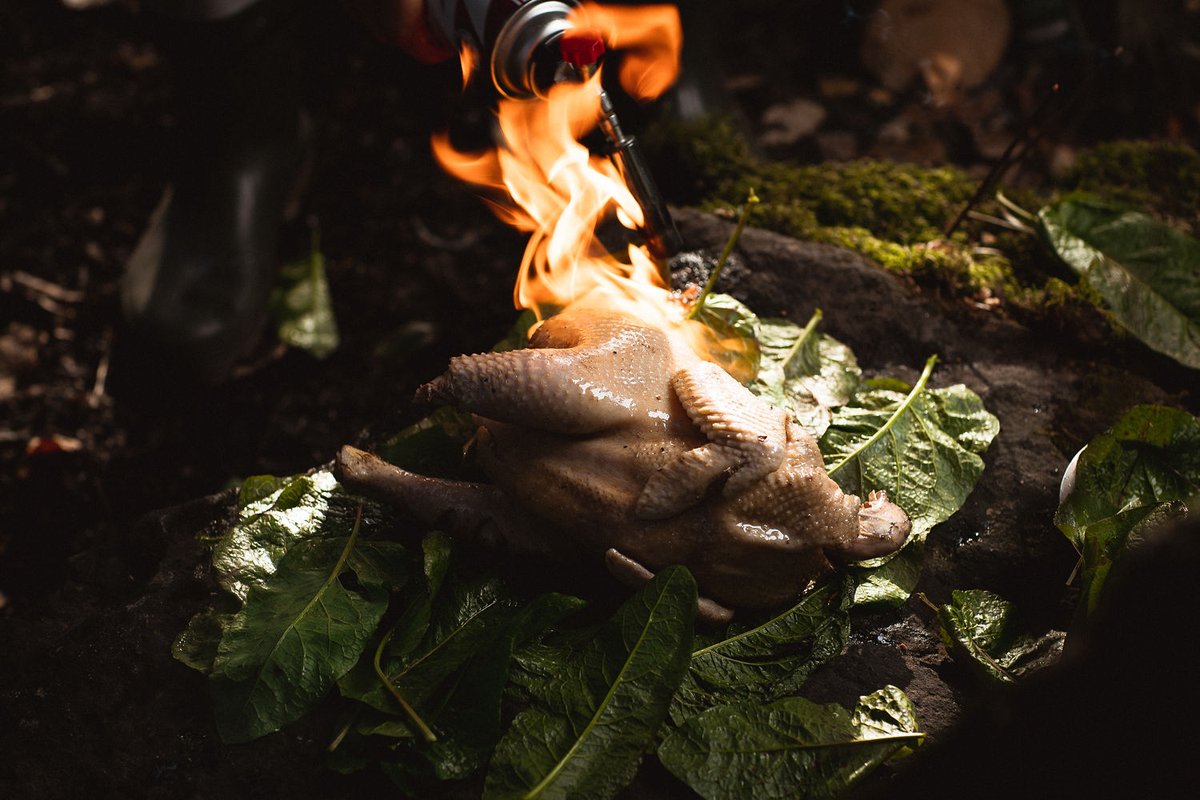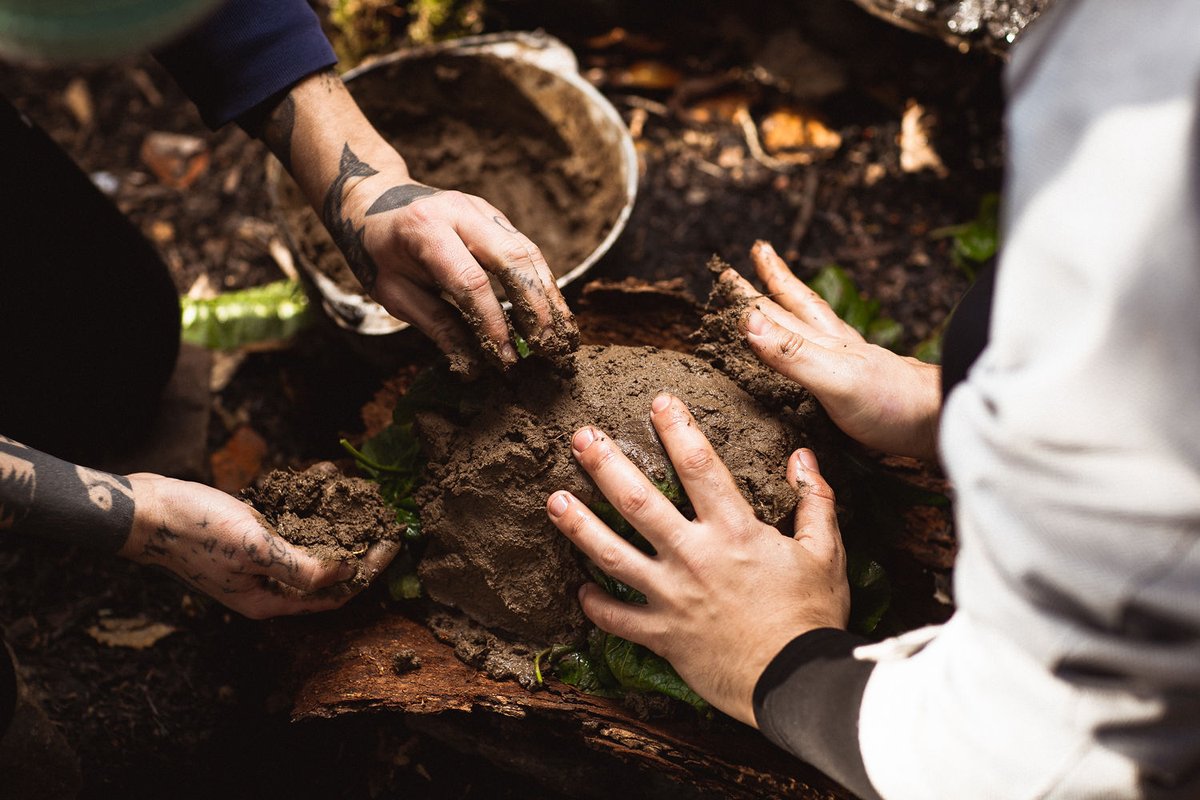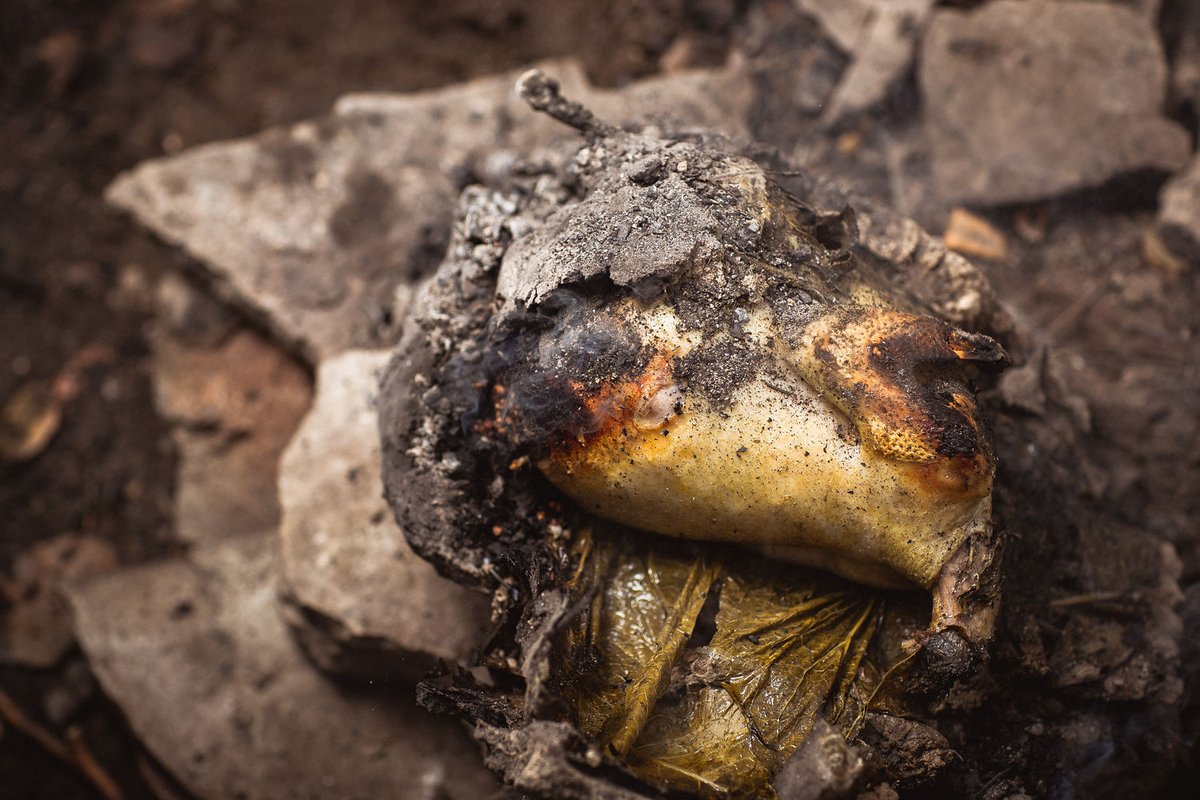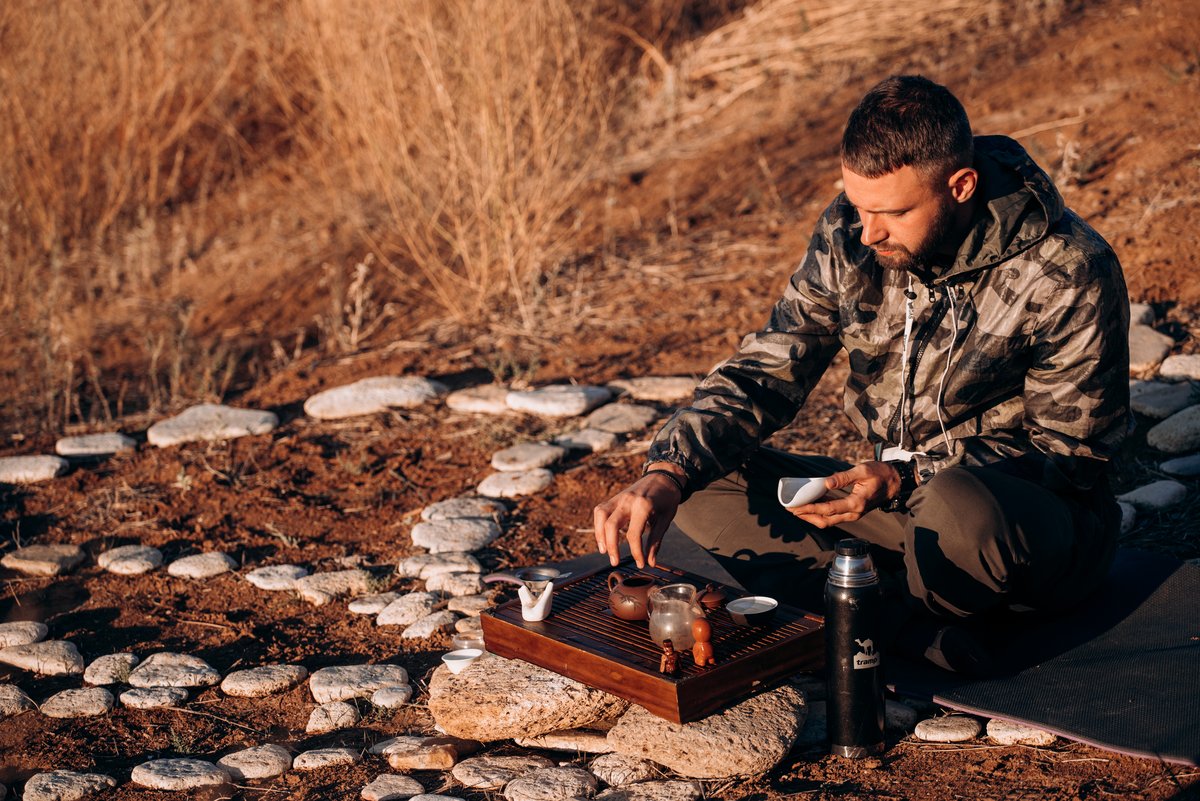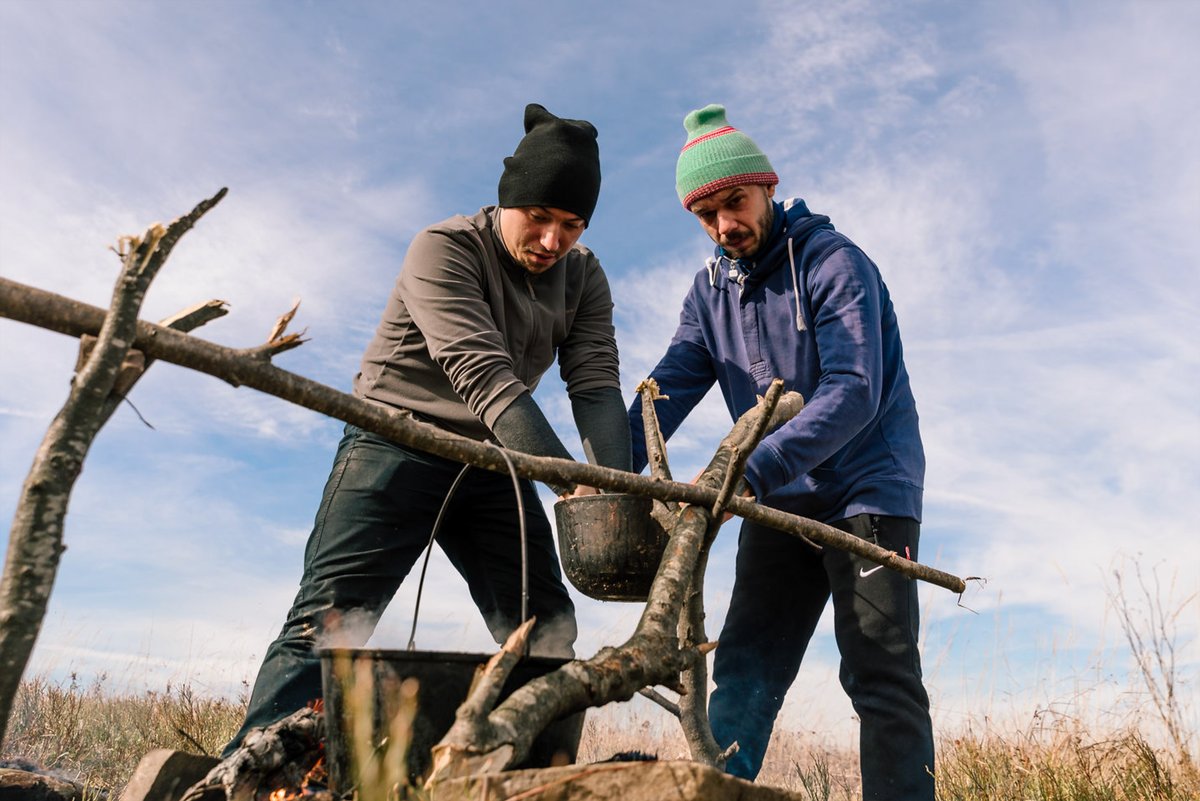“We have been walking for almost 100km with extremely heavy bags, spending nights in the forest and getting ingredients from the wild, nevertheless each of us was thinking only about one thing – what to cook.”
When someone asks 33-year-old chef and Kharkiv-native, Igor Mezentzev, what drives young chefs to choose Topot expeditions to the wild and remote areas of Ukraine, he always tells them the same thing: their passion for food. It’s not about the extreme endurance such treks entail. It’s all about the food.
Before venturing into the Carpathian forests on his first Topot trip last autumn, Igor spent his days in traditional kitchens. Still, even in those decidedly less wild environs, he explored more experimental cooking techniques through his project “Food in the Future.”
The central figure in that study was borsch. This iconic red soup is beloved in Ukraine and all across Eastern Europe, and has even been recognized as part of Ukraine’s cultural heritage by the United Nations. During his experiments, he disassembled the dish into twelve main ingredients and studied them in detail using microscopic photography and 3-D printing. This work sparkled a desire to understand the foundations of all modern cooking technologies.
This led him to the concept of cooking in the wild, using techniques such as stone cooking, cooking on an open fire and cooking in a self-made clay oven. And so, Topot was born.
It’s common these days to see Scandinavian chefs foraging for ingredients or tending gardens, religious about local sourcing. But Topot has expanded these dimensions. Well-organised survival-based expeditions, Topot provides young chefs with a test: cook delicious meals whilst revealing their inner-scout. They must do whatever it takes.
We are Topot.
This is where the Topot starts: with empowerment, with a challenge, with hours of exhausting navigation through the Carpathian forest. Cooking a dish in these extreme conditions becomes a revelation of one's inner strength, confidence, and creativity.
For the majority, this is just fuel to keep going.
Each day of Topot challenged the participants’ mindsets. They had to prepare a gourmet dish using edible wild plants never used before, demonstrating that cooking skills can help one survive in the most extreme environments, meanwhile bringing awareness to the richness of local produce often neglected by Ukrainian chefs.
Topot debuted in November, 2019 and by now, Igor has successfully held two Topot expeditions and a special initiative called “Lavka Tradycij”.
The participants form a group of ten young chefs, men and women, who walk long hours, carrying their homes and kitchens in packs that weigh at least twenty five kilograms. They learn to help each other and cook, nonstop, using anything and everything they can find. Breakfast, lunch, and dinner are prepared every day according to certain rules. Some staples like flour, salt, and vinegar are allowed, but the rest should be collected in nature or from the local farmers, hunters, or fishermen.
The typical Topot menu looks something like this: amaranth cooked in rainwater and wild raspberries, goby fish with wild pear, sea pesto and mussels, grape snails confit with chili, moose broth with smoked ants and cured egg, local char poke, white mushroom tea, honeynet with wild violets and mint.

